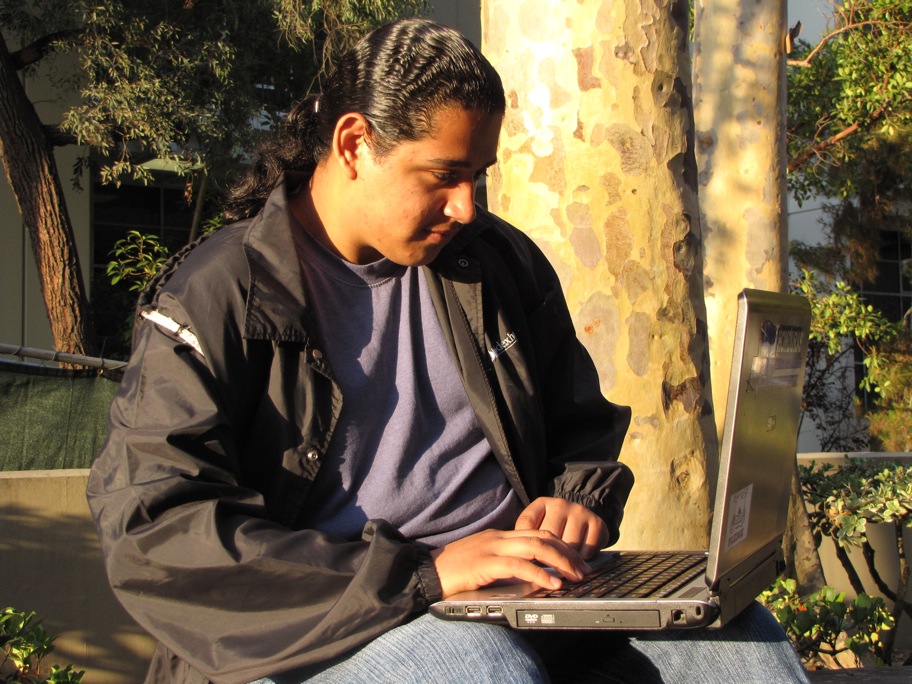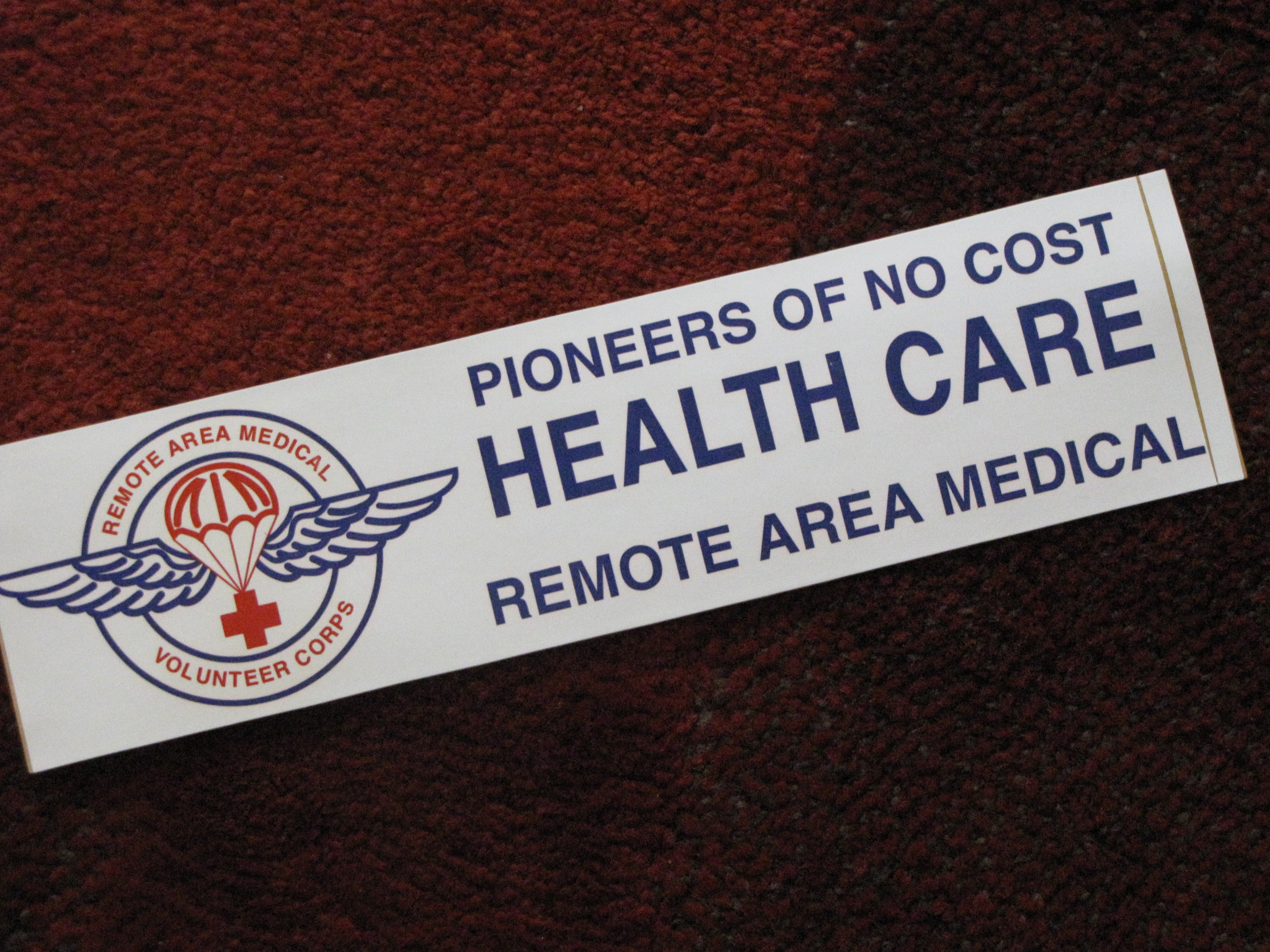
LOS ANGELES — As high school graduates across the country pack their bags this month for their first year of college, a South Los Angeles advocacy group hopes more youth from the area’s high schools will eventually be able to do the same.
Community Coalition, a South Los Angeles-based advocacy group, helped prepare requirements for mandatory college-prep curriculum designed to send more students of color to colleges and universities; the proposals, adopted by the Los Angeles Unified School Board, went into effect for the first time in the 2008-2009 school year. In addition to the Community Coalition, the South Central Youth Empowered Through Action, the Coalition’s youth branch, also helped prepare the college-prep course recommendations.
Now beginning its second year, the enhanced curriculum featuring more academic courses is reviewed in a study by the Annenberg Institute for School Reform at Brown University. The institute says in its review that the program has expanded on large-scale college preparation opportunities for students who attend South LA schools. But the program is still too new to gauge its success in more definitive ways.
The new curriculum targets all Los Angeles high schools, but it was initially conceived for students attending public high schools in South Los Angeles, where a dearth of college-prep courses has long been a problem. At Fremont High School, for example, there were nine cosmetology classes but only four chemistry classes, the Annenberg study reported.
“This is one of the most significant reforms this district is embarking on in the last twenty years,” Jose Huizar, a Los Angeles city councilman and a former LAUSD school board president, told the Annenberg Institute. “What this is about is providing thousands of students an opportunity to attend college, an opportunity denied to them with the (previous) policies and practices.”
The report acknowledges the impact of the current recession on school improvements, and LAUSD officials announced last week that higher school taxes will be levied on property owners to shore up the school district’s budget and to help bank roll the district’s massive school construction program.
A pathway to college
Like other school systems across the country, including Philadelphia and Chicago, LAUSD has launched a variety of efforts to improve its graduation rate – now at 63 percent — particularly for African American and Latino students, which tends to run lower. Like LAUSD, school systems have increasingly relied on the assistance from community-based organizations to help them build stronger and meaningful pathways to college for students. The Community Coalition, founded by Karen Bass, now the speaker of California, in 1990 to combat the drug epidemic in South Los Angeles, enlisted hundreds of parents and students to press for equity in curriculum offerings at South LA schools.
For the past six years, Community Coalition has been among those organizations advocating for the same course offerings in South LA high schools as those found in schools where white students represent the majority of the enrollment.
Under LAUSD’s year old effort to improve college-rep training for students in Los Angeles, all high school students are expected to complete a college preparatory curriculum in order to graduate. These requirements include two years of social sciences, four of English, two of science, two of a foreign language, one of the arts, one elective, algebras I and II and geometry. The requirements are known as the A-G curriculum, a prescribed set of high school courses for admission to the University of California and California State University systems. In injecting more rigor in urban high schools, LAUSD and Community Coalition hope to be able to tell more stories like that of Luis Lopez, who is a first generation college student.
First generation students
“I didn’t even know what college was until later in high school,” said Lopez, 19, who graduated from Washington Prep High School in 2008 and now begins his second year at UCLA, where he is conducting research on South L.A. youth as part of his academic studies.
Since neither of Lopez’s parents attended college, he never thought it was an option until a college counselor who noticed Lopez’s good grades approached him. “My senior year was my first time talking to the college counselor,” Lopez said. “Supposedly college reps would always call the school for me because I was the valedictorian.”
Lopez added that he was also unaware of who a valedictorian was until the counselor further explained. Once Lopez was awarded a scholarship to attend UCLA, he was eager to transition into the college curriculum, oblivious to the difficulties ahead.
“It was an emotional breakdown,” he said. “Everybody would show me how many APs they passed and I barely passed one…they were using vocabulary I would never hear in my life.”
That first year at UCLA was Lopez’s first time getting a C or B in a class. He normally excelled in math and science, but those were the main classes in which he performed poorly. Lopez shook his head in dismay when he explained that he was not fully prepared for college.
“At first I felt like, ‘why am I not good enough?’” Lopez said. “Then I referred to what I had learned in high school and realized there was another side missing.”
Improving teaching in South LA schools
Lopez added that his college experience has shown him why stronger curriculum, more qualified teachers and more challenging textbooks are needed in South Los Angeles high schools. “We might get the McGraw-Hill instead of the Princeton,” he said of different versions of textbooks. “Some teachers never encourage us; they don’t believe in us… and if you compare Beverly Hills High to Fremont, one looks like a prison and the other looks like a university.”
When the Community Coalition’s academic reform plan was approved, critics called it overly ambitious. But the coalition is now waiting for subsequent years’ high school graduation rates to track the program’s success, and in the meantime, Lopez said he will continue analyzing the impact of the curriculum as part of his research at UCLA.
The complete Annenberg Institute study, conducted over six years and highlighting community organizations’ impact on school reform, is available here.









 The free medical clinic – sponsored by
The free medical clinic – sponsored by 




